Apple’s iPhone Fast Charging: Why is the Limit 27W?
Hello~ I’m your ‘Der’ who loves digital products, enjoys discussing current hot topics, and exploring cost-effective items. Fellow ‘Der’ friends, feel free to follow me!
Recently, a friend messaged ‘Der,’ saying that domestic smartphones now come with up to 200W fast charging, but why does Apple’s iPhone still have a maximum of 27W power?
Some say that 27W is sufficient since it can charge up to 50% in 30 minutes. Some say Apple is slacking off on purpose by not implementing fast charging to irritate users. Others argue that Apple focuses more on optimizing battery life and never really thought we needed such high charging power…
So today, let’s discuss why Apple’s iPhone fast charging power is “limited” to 27W.
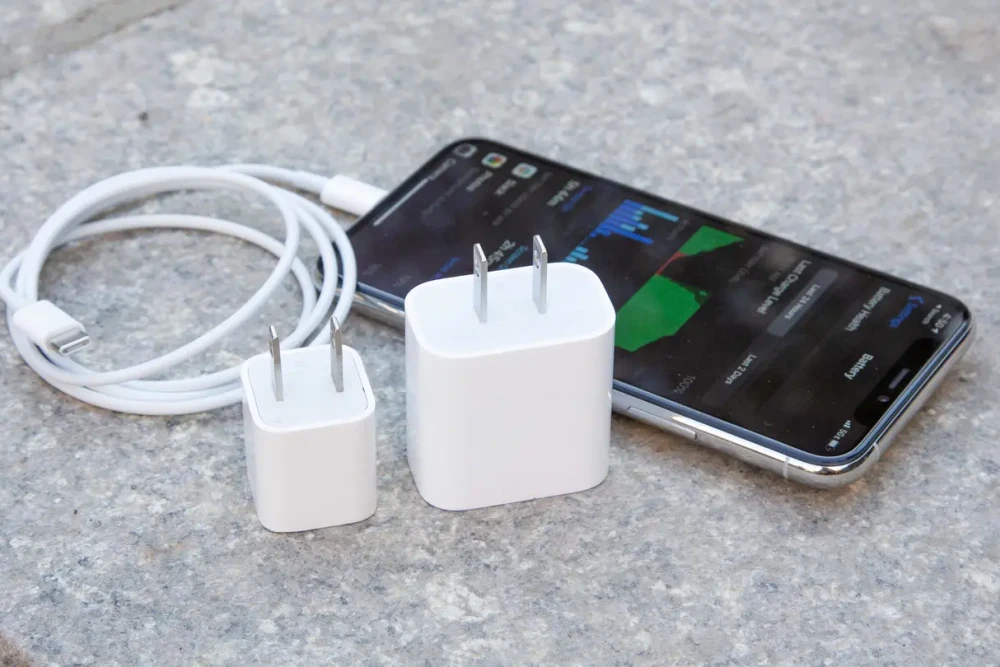
Different Usage Habits Lead to Different Needs
First of all, we need to understand that Apple, as a U.S. company, primarily designs its iPhones for the U.S. domestic market, then iterates and upgrades based on market demands and the industrial chain.
For many Americans, they prefer using cards for daily payments, gaming consoles for games, and consider phones just for simple tasks like watching videos online, not relying heavily on phones for various functions.
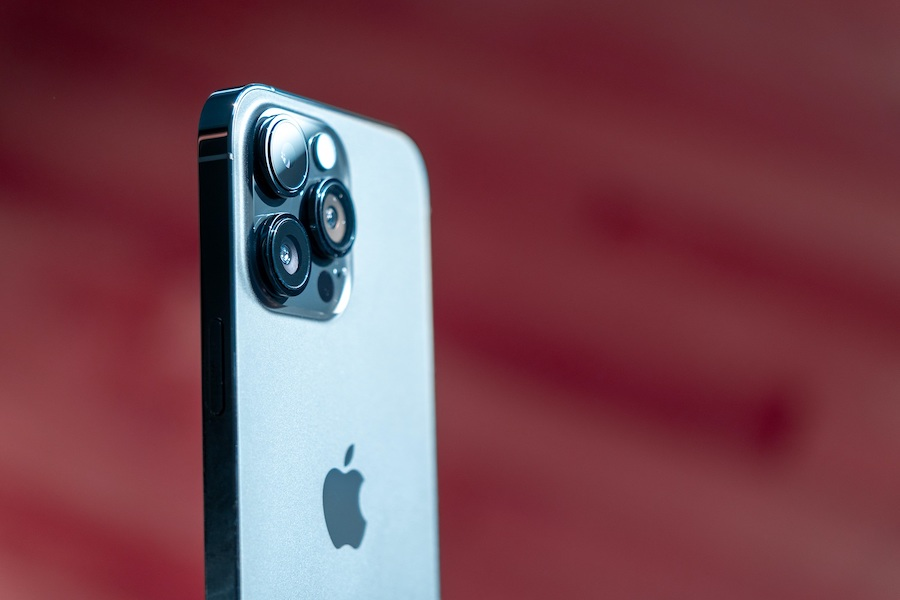
On the other hand, in China, the majority relies heavily on their phones throughout the day for tasks like breakfast purchases, public transportation payments, clocking in at work, gaming, and more. The phone becomes an essential tool in both personal and professional life, serving a myriad of functions.
Under such heavy usage throughout the day, Apple’s iPhone battery capacity naturally falls short for Chinese users. This leads to concerns over battery life, and the most effective way to mitigate this anxiety is through fast charging. Coupled with the widespread adoption of fast charging by domestic smartphone manufacturers, users naturally have higher expectations for iPhone charging speed.
In this context, Apple’s 27W charging power may be sufficient for Americans, but for Chinese users, they would prefer reduced charging wait times and may feel that being limited to 27W is inadequate.
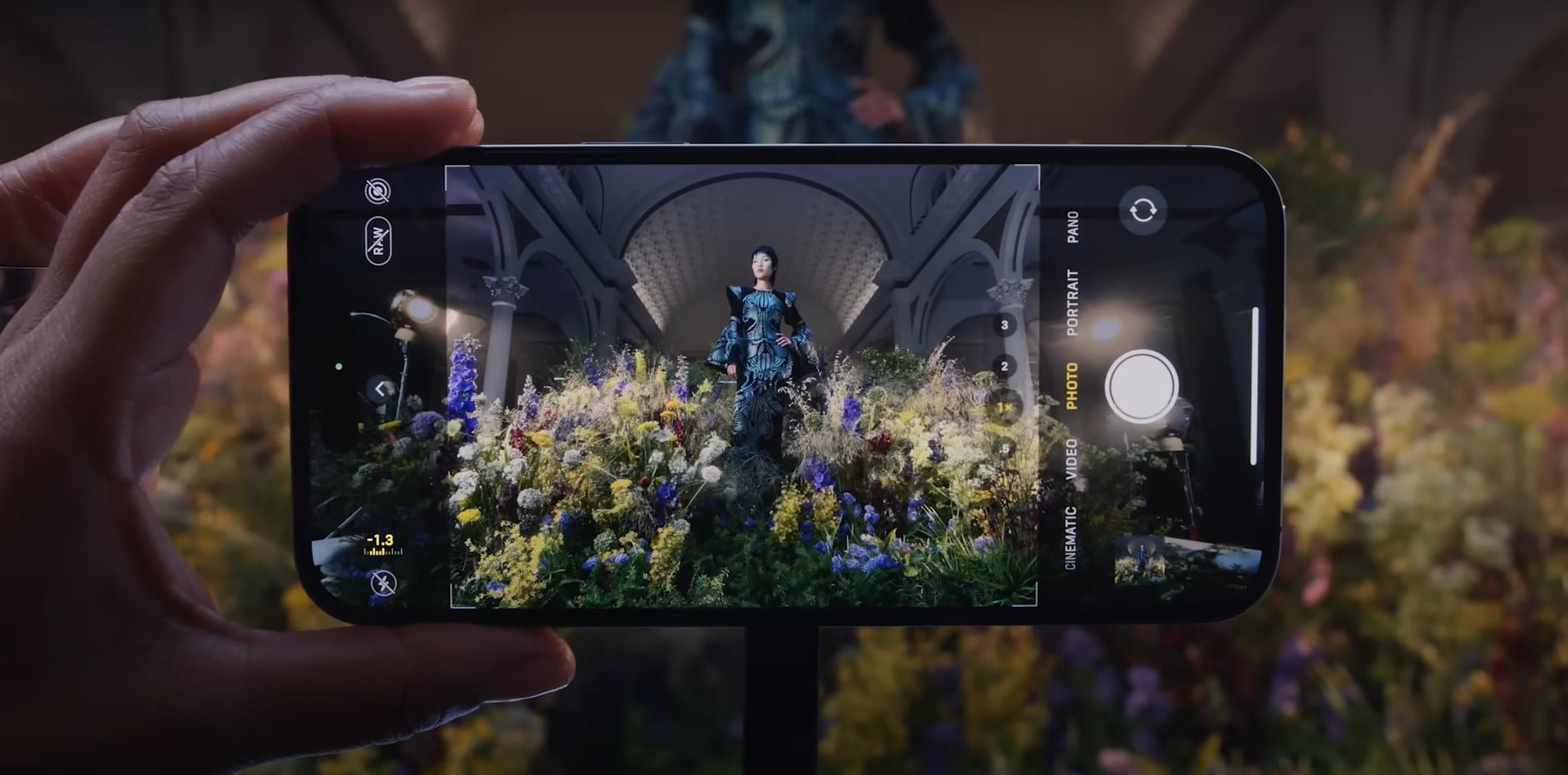
Stable Market Sales with No Incentive to Upgrade
For Chinese Android manufacturers, they tend to listen to user feedback. The combination of large batteries and fast charging does improve battery life and reduces waiting times for charging.
However, Apple is renowned for its exceptional optimization. Despite iPhones having smaller batteries, through their SoC and power consumption control advantages, they often outperform larger-battery Android flagships in terms of battery life.
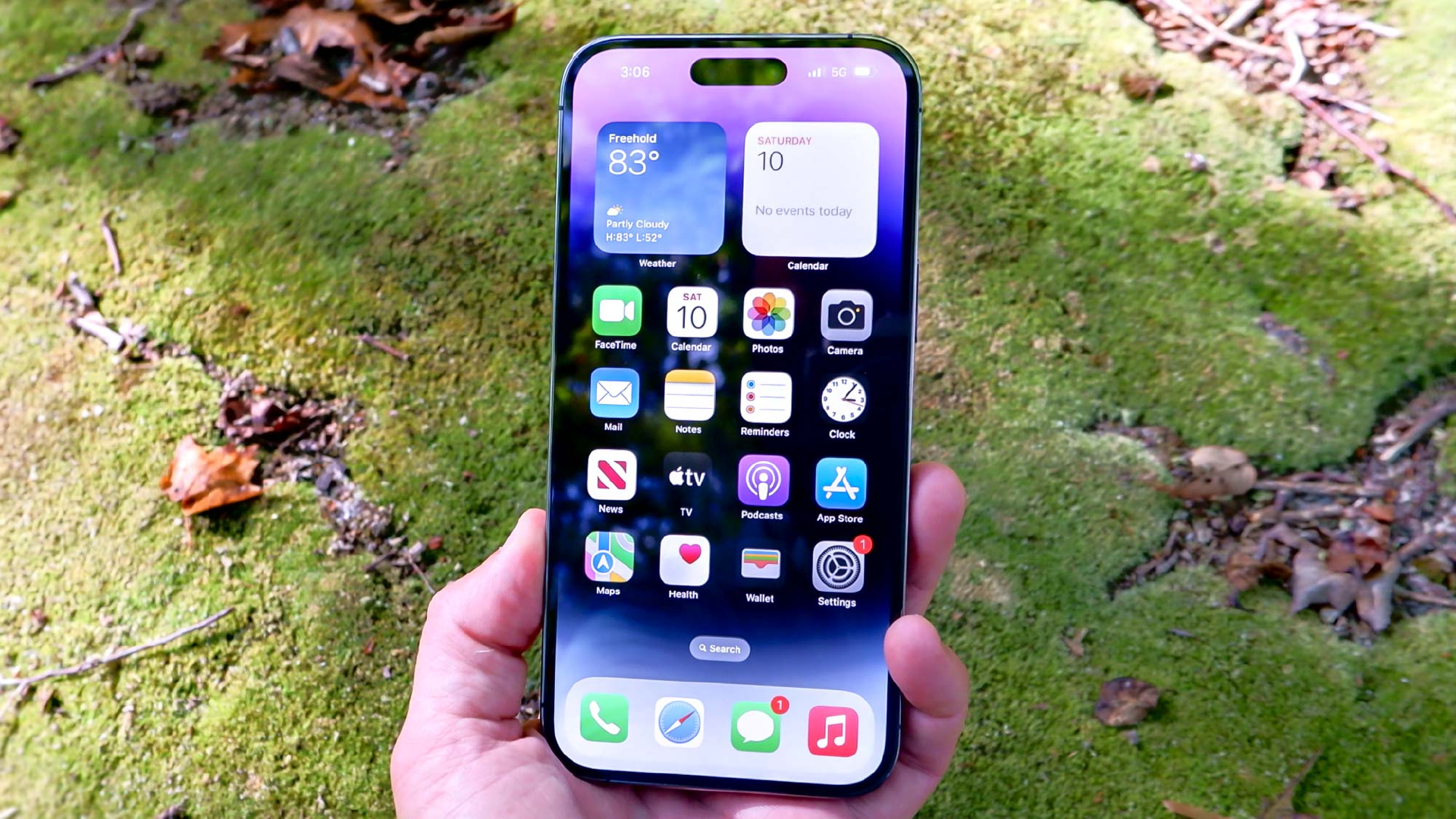
While seeing nearly everyone having chargers that deliver over a hundred watts, Apple’s 27W limitation may indeed seem unimpressive. But isn’t the essence of charging about time efficiency?
Chargers with over a hundred watts can almost fully charge a device in just over 30 minutes. Due to its smaller battery size, Apple’s 27W charger can also charge up to 50% in 30 minutes. This efficiency may not be lightning-fast, but it is “sufficient,” not as bad as some claim, and has minimal impact on Apple’s iPhone sales.
Hence, without affecting sales, Apple naturally wouldn’t bother upgrading this “27W fast charging.”
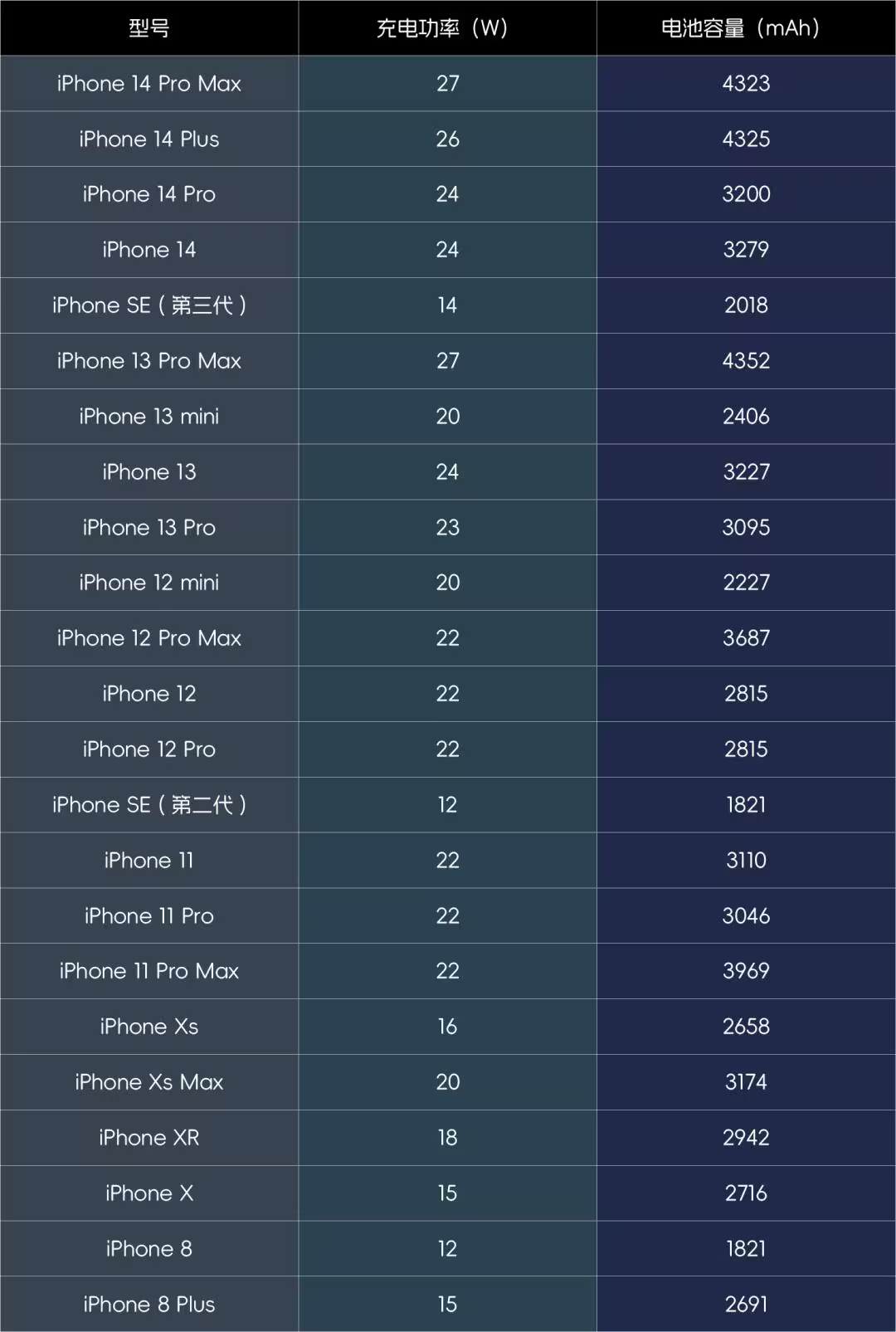
The Fundamental Reason: Apple Lacks It
If the aforementioned reasons were objective, the fundamental reason why Apple limits its fast charging power to 27W is that it lacks something—the charge pump.
Realizing that this term might be confusing, let’s simplify it: Nowadays, most fast charging Android devices have an internal circuit called the “charge pump” that can convert voltage to integer multiples with high efficiency and minimal heat generation. This allows for significantly higher voltage outputs to lithium batteries, achieving over a hundred watts when coupled with a 5A charging cable.
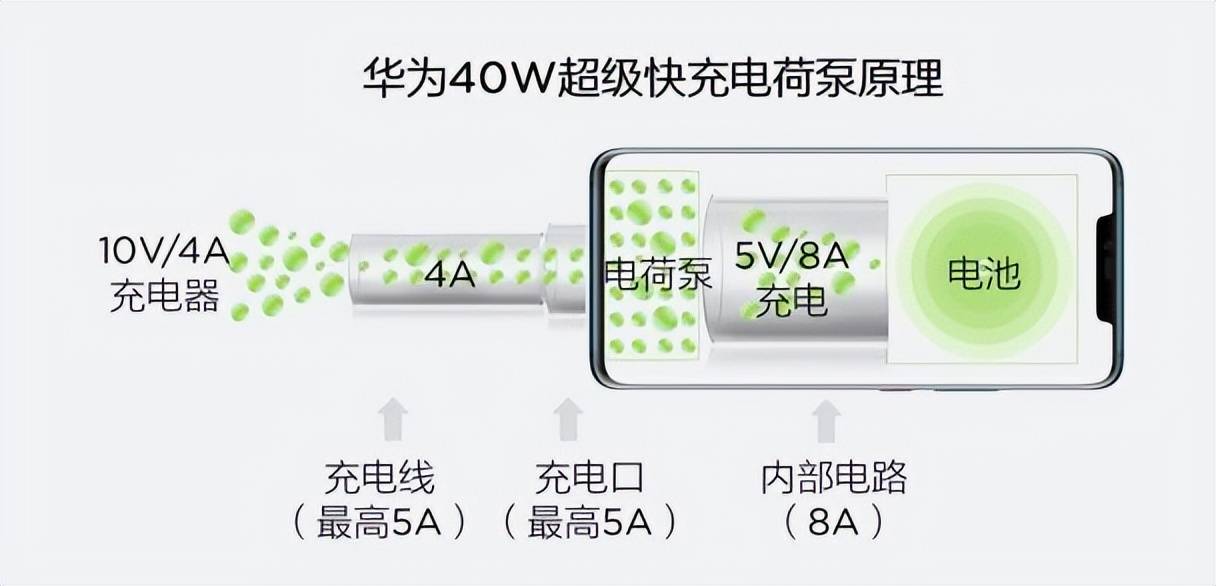
Previously, Apple used the Lightning port, which, due to design constraints, couldn’t support high power levels. However, with the adoption of the USB-C port on iPhones, they only utilize fixed voltage through the PD protocol, lacking the variable voltage output of the “charge pump,” thus constraining the power to 30W.
This isn’t an intentional negligence on Apple’s part; it’s more likely that they haven’t figured out how to address the heat dissipation issue. Unlike domestic Android devices that utilize extensive heat dissipation techniques, Apple prefers optimizing within the limited space of their compact devices. In such a confined space where thermal dissipation is challenging, they naturally avoid high power outputs that could worsen the heating situation.
Therefore, Apple’s best strategy is to “stay unchanged amidst changes” and maintain the 27W charging power.
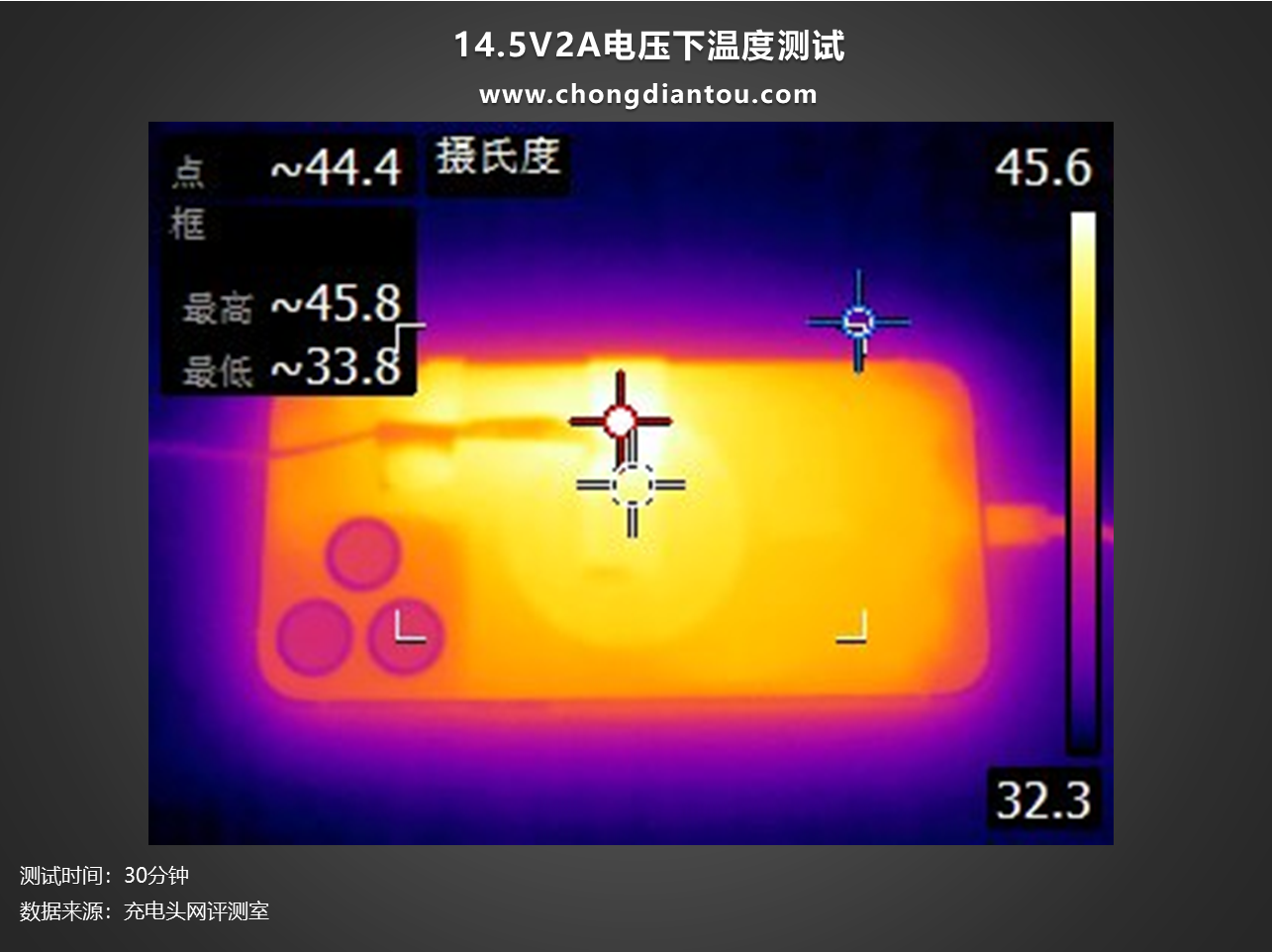
In conclusion, do you think Apple’s decision to “limit” the power to 27W is sufficient?